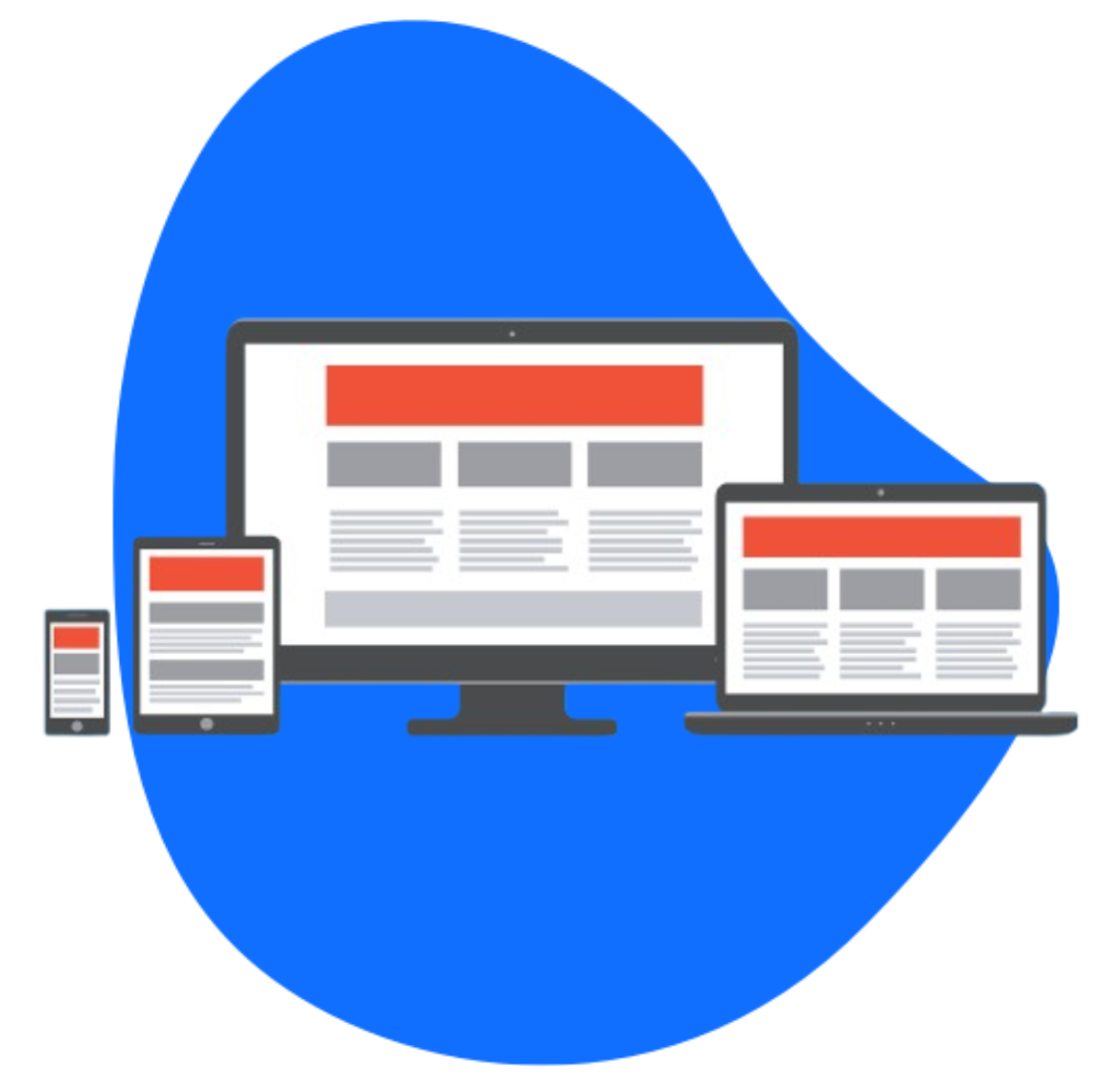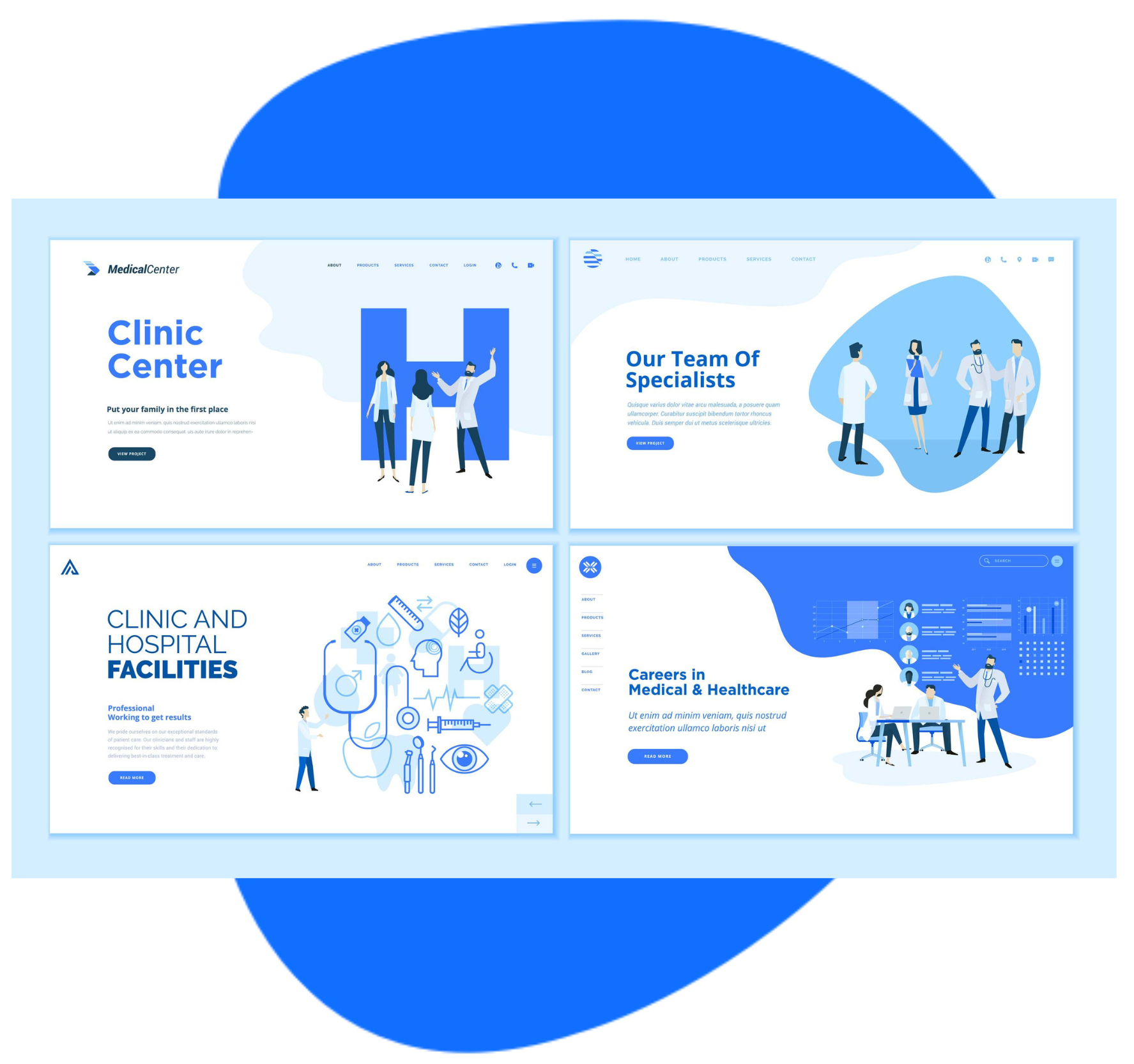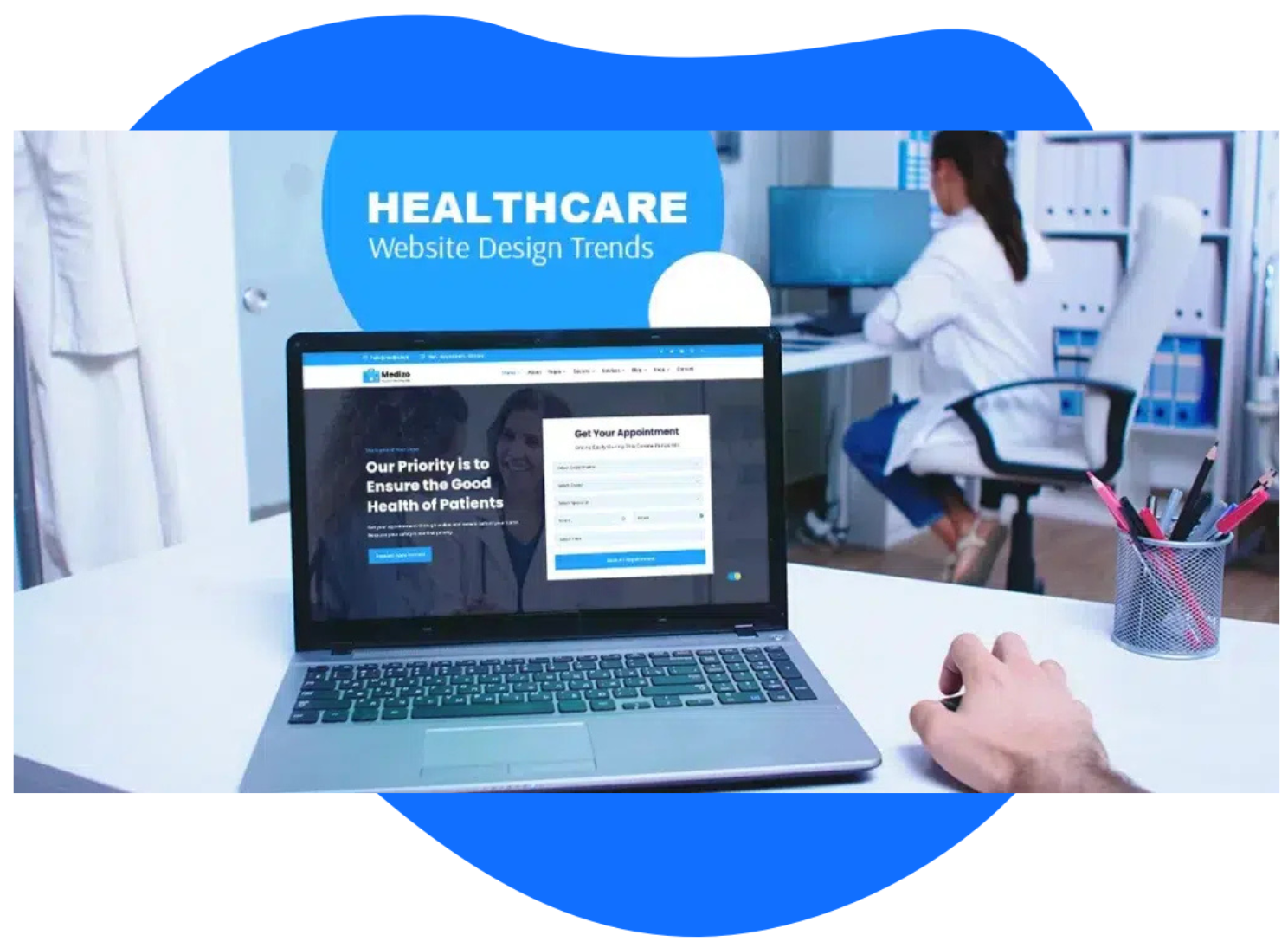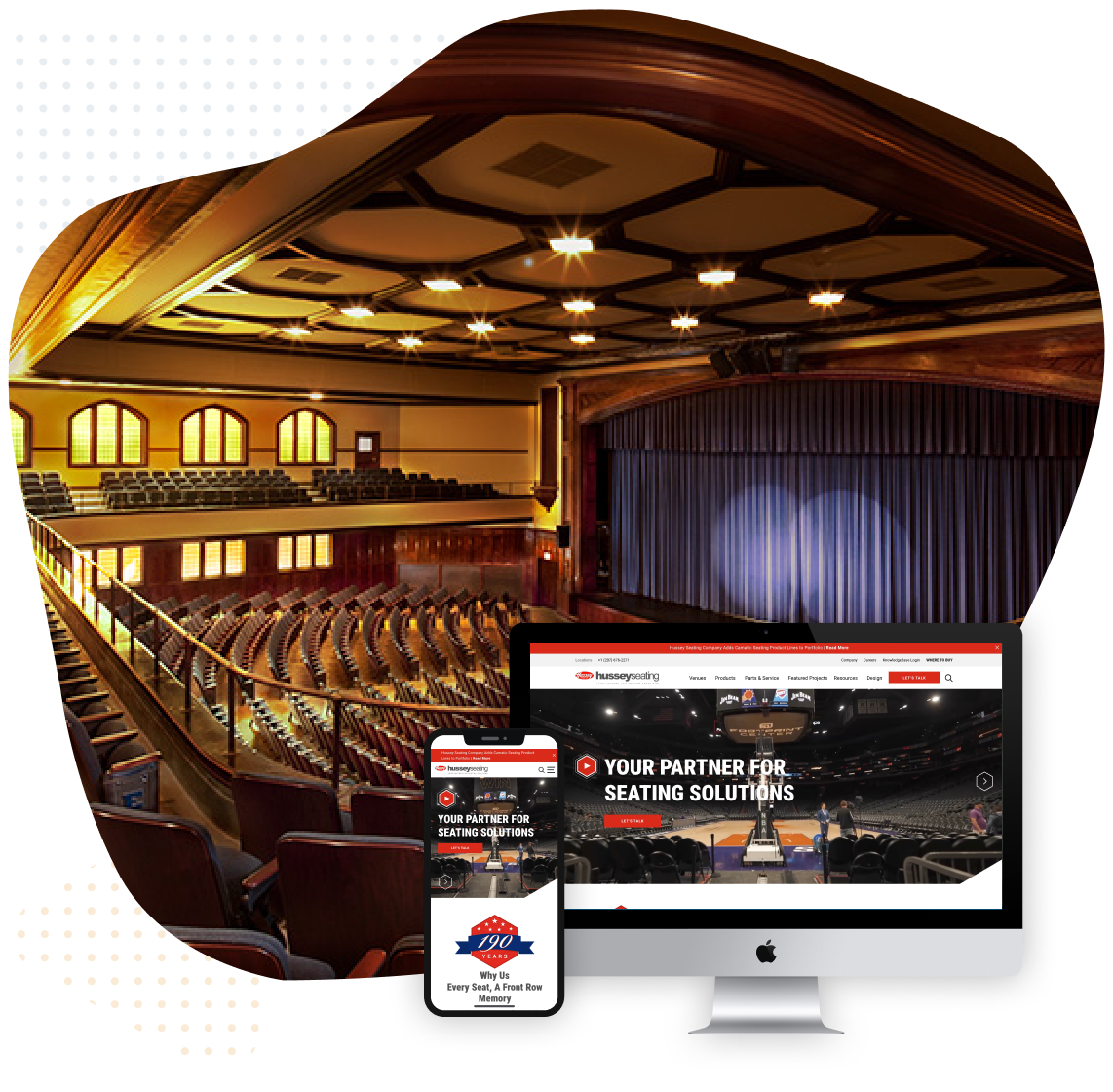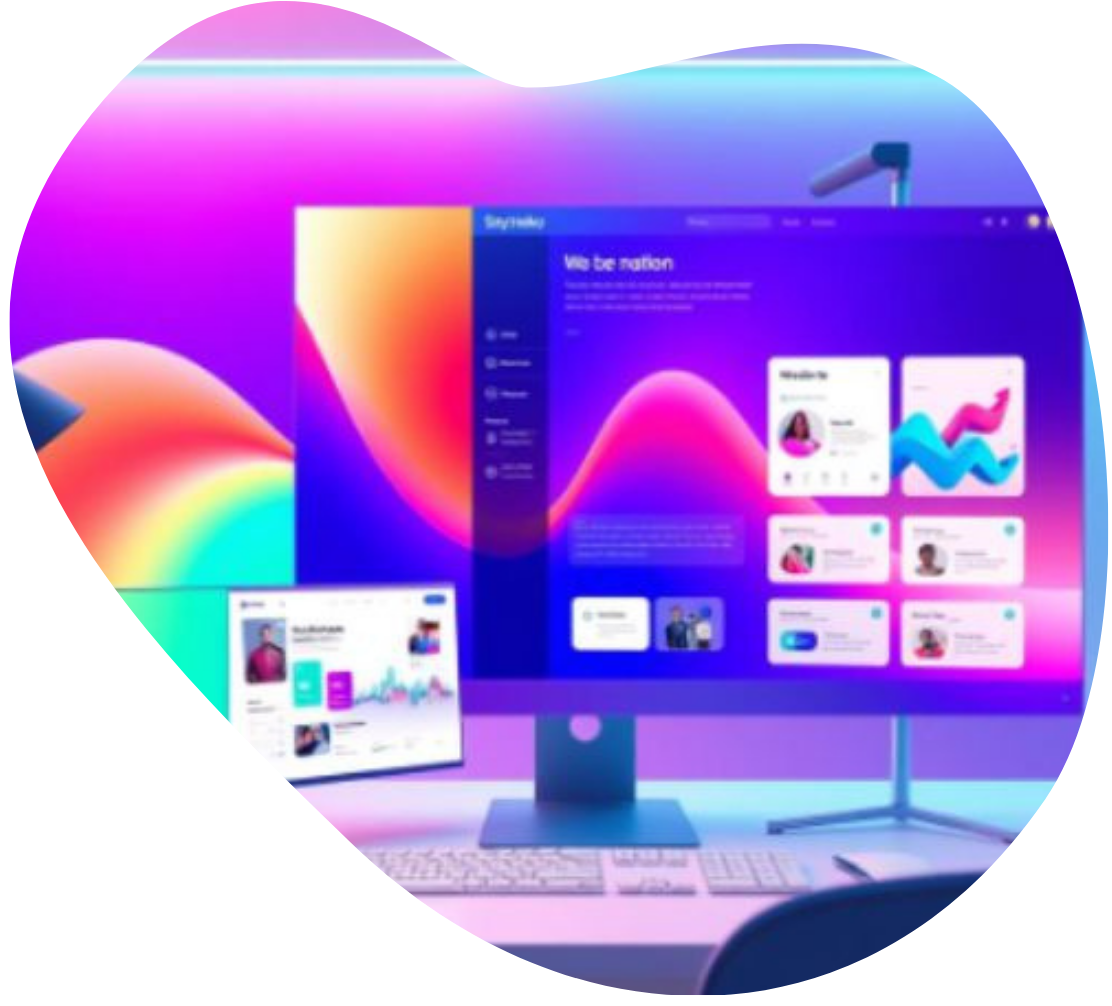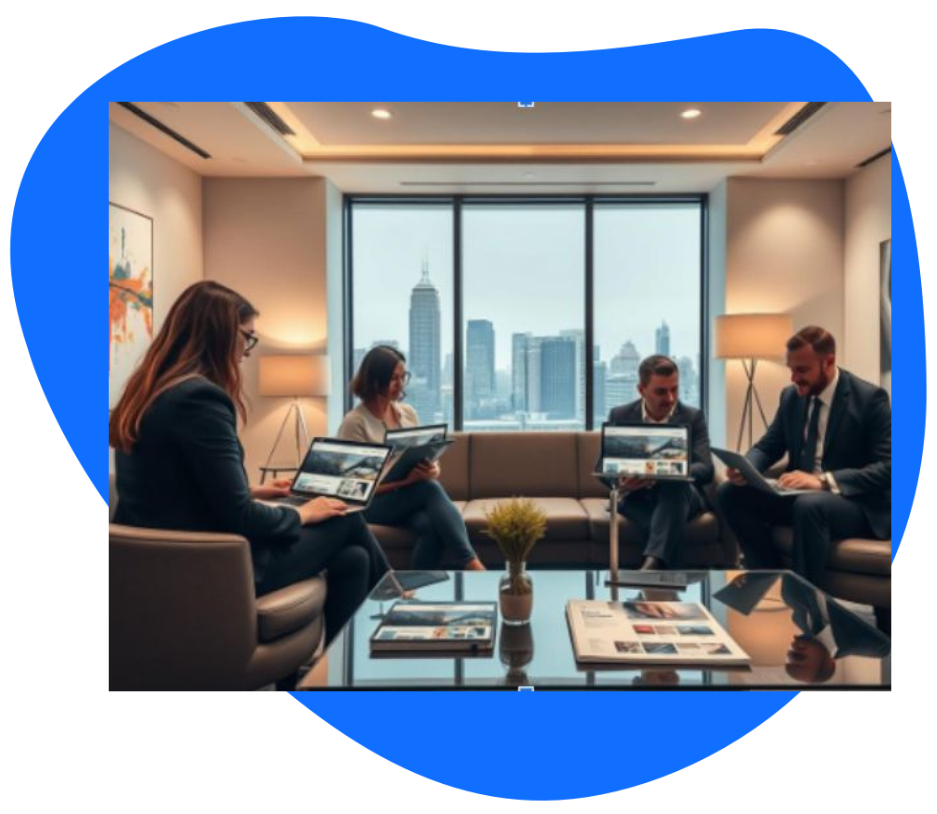In the ever-evolving digital landscape, websites have become powerful tools for businesses to attract and engage their target audience. A well-designed website layout plays a vital role in capturing visitors’ attention, conveying information effectively, and enhancing the user experience.
But to create an outstanding website, it’s important to explore diverse layout options that can set your site apart from the competition.
For deeper insights, we will delve into the world of diverse website layouts, providing you with an exhaustive insight into their benefits and possibilities.
Classic Grid Layout
The classic grid layout is a tried-and-true approach that organizes content into a neat and symmetrical grid pattern. It offers a clean and organized structure, making it ideal for websites with a large amount of content or multiple categories. The grid layout provides a balanced visual hierarchy, allowing users to scan and locate information easily. It is versatile and can be adapted to various design styles, making it a popular choice across different industries.
Full-Screen Layout
The full-screen layout maximizes the use of screen real estate, creating an immersive experience for visitors. It removes distractions and focuses attention on a single piece of content, such as a striking image or a powerful message.
This layout is particularly effective for showcasing visually compelling portfolios, photography websites, or landing pages. However, it’s important to ensure that the content scales well across different screen sizes to maintain a seamless user experience.
Asymmetrical Layout
An asymmetrical layout breaks away from traditional grid-based designs, introducing an element of surprise and creativity. It utilizes uneven spacing, varying shapes, and overlapping elements to create a dynamic and visually engaging composition.
These layouts can evoke a sense of energy and movement, making them suitable for websites that want to convey a more artistic or unconventional brand image. However, careful consideration should be given to maintaining balance and readability to prevent the design from becoming overwhelming or confusing.
Modular Layout
The modular layout organizes content into self-contained modules or cards, which can be rearranged and resized independently. One of its benefits is that it offers flexibility and adaptability, allowing for easy content updates and reorganization.
These are particularly effective for content-heavy websites, e-commerce platforms, or news portals. They provide a structured and organized presentation, enhancing readability and navigation.
Single-Page Layout
A single-page layout condenses all content into a single long scrollable page, eliminating the need for users to navigate through multiple pages. It offers a seamless and uninterrupted browsing experience, ideal for websites that aim to deliver concise information or tell a compelling story.
Nowadays, this style is commonly used for portfolios, event websites, or product launches. However, it’s crucial to ensure that the content is well-organized and easy to navigate, with clear anchor links and intuitive scrolling.
Split-Screen Layout
The split-screen layout divides the webpage into two or more equal sections, often horizontally or vertically. This layout allows for effective side-by-side comparisons or the presentation of contrasting elements.
It is commonly used for showcasing different product options, services, or before-and-after transformations. The split-screen layout provides a clean and focused design, enabling visitors to make quick and informed decisions.
Dynamic and Interactive Layout
Dynamic and interactive layouts utilize animations, parallax scrolling, hover effects, and other interactive elements to create an engaging and memorable user experience. This layout brings websites to life, adding a layer of interactivity and storytelling. It is particularly effective for creative agencies, portfolios, or brands looking to make a lasting impression.
However, it’s important to strike a balance between visual appeal and performance optimization to ensure fast loading speeds.
Choose the Perfect Layout For A Powerful and Compelling Website
Diverse website layouts offer endless possibilities for creating visually stunning and engaging websites. By considering the specific needs and goals of your website, you can choose a layout that aligns with your brand image and effectively communicates your message.
From classic grid layouts to dynamic and interactive designs, each layout option has its own advantages and considerations. Partner with a professional web design Seattle agency like Sayenko Design to explore the diverse layout options and create a website that captivates your audience and elevates your online presence.




